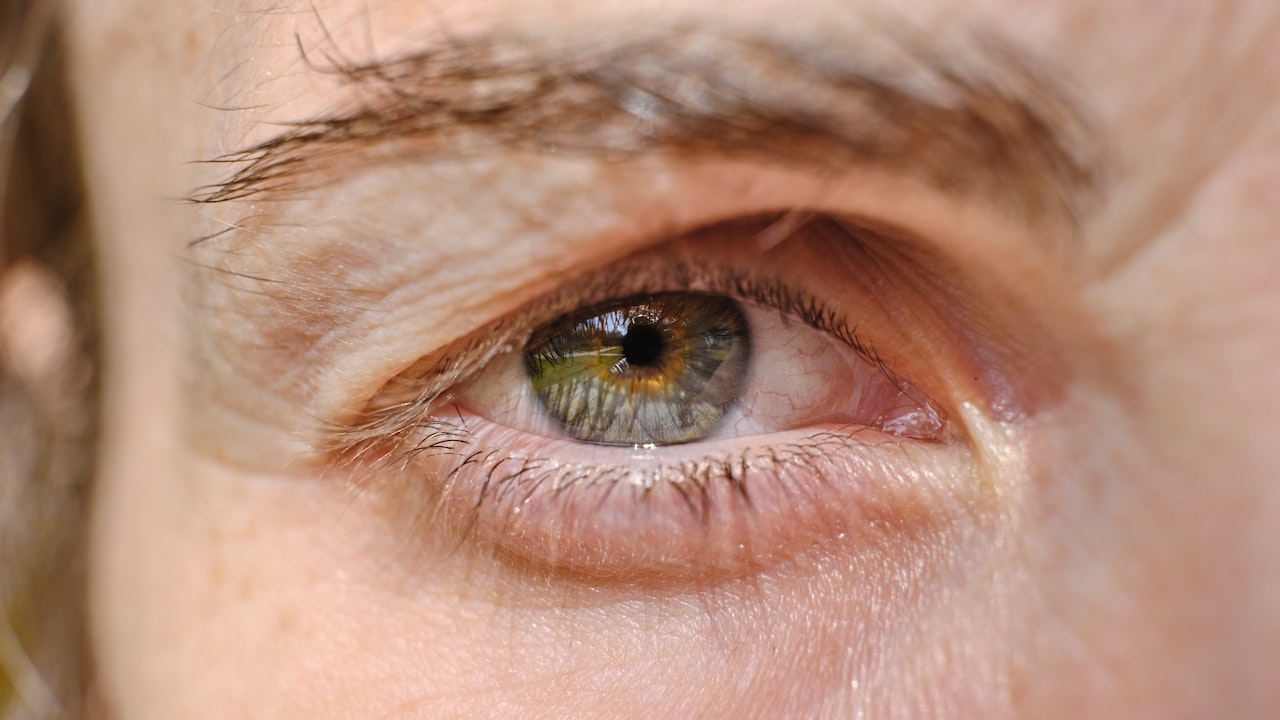If you’re like most people, you probably know someone who is nearsighted. Nearsightedness is a common eye problem that makes it hard to see things up close. It can often be corrected with eyeglasses or contact lenses, but some people need more advanced treatment. In this blog post, we will discuss the different types of eye problems and how they are treated. We will also highlight some of the benefits of using telescopic lenses for nearsightedness.
What is Nearsightedness?
Nearsightedness is a condition where someone cannot see things clearly at close range. It can cause problems with reading, driving, and other activities that require close vision. Nearsightedness is usually inherited, but it can also be caused by injury or disease.
Nearsightedness is a common eye problem in which people have difficulty seeing things that are close to them. The condition can be caused by a number of different factors, including genetic factors, optical errors in the eye, and other health conditions. Generally, people with nearsightedness see things clearly up to about 20 feet (6 meters) away, but see things more clearly closer than that only with glasses or contact lenses. Nearsightedness can be corrected with eyeglasses or contact lenses, but it often leads to other eye problems over time.
Read More: Sanpaku Eyes
Types of Nearsightedness
There are many types of nearsightedness, which can be diagnosed by a doctor. The two most common forms are myopia and farsightedness. In myopia, the eye is too short-sighted to see things clearly at close range. In farsightedness, the eye is too far-sighted to see things clearly at close range.
Other types of nearsightedness include hyper metopic (being too far-sighted to see things clearly at medium range), astigmatism (a condition in which the lens of the eye does not form a clear image on the retina), presbyopia (the natural process by which people’s eyes stop working well as they age) and keratoconus (a progressive degenerative disease that causes the thin outer layer of the cornea to become distorted).
Causes of Nearsightedness
There are a few causes of nearsightedness. The most common is a refractive error in the eye where the lens does not fit properly. This can be caused by anything from being too short-sighted to having an overly long eyeball. Other causes include age, injury, and genetics. If you have nearsightedness, your optometrist can check to see if any of these other factors may be causing it.
If your nearsightedness is due to a refractive error, your optometrist can prescribe glasses that help correct the condition. In some cases, surgery may also be required to fix the problem. If you have nearsightedness caused by another factor, your optometrist may be able to recommend treatment that will help improve your vision.
Nearsightedness is the most common eye problem in the world. It affects around one-third of all people. The cause is not known, but it may be related to problems with the eyes’ lens or cornea. Nearsightedness can also be caused by a problem with your retina.
Read More: Sanpaku Eyes
Treatment of Nearsightedness
There are a few things that you can do to treat nearsightedness. One is to wear contact lenses. Contact lenses can correct your vision by pushing your eyes into the correct position. They may also reduce the amount of light that enters your eye and help you see better in close quarters.
If you don’t want to use contact lenses, another option is eyeglasses with a prescription. Eyeglasses with a prescription will curve the light that comes into your eye so it gets closer to your retina, which can help improve your vision. If you still have trouble seeing clearly after wearing glasses or contacts, an ophthalmologist (a doctor who specializes in eye care) may be able to prescribe a surgical procedure called LASIK (Laser-Assisted In Situ Keratomileusis). This procedure uses a laser to reshape the cornea, which can improve your vision significantly.
If you are nearsighted, your eyesight is not as good as it could be. There are many things you can do to help improve your vision. You can wear corrective lenses, or get surgery to fix your eyesight. If that isn’t possible or if you don’t want to wear corrective lenses, there are other ways to improve your vision. Here are some tips:
1. Get regular eye exams. Eye exams help doctors check your eyes for problems and recommend the best way to improve your vision.
2. Wear corrective lenses. Many people find that wearing corrective lenses helps their vision stay corrected over time. There are a variety of types of corrective lenses available, so find the one that’s right for you.
3. Get glasses or contacts with adjustable designs. Glasses and contacts with adjustable designs let you make small adjustments to the lens while they’re on your face so they fit better and provide more accurate vision correction over time.
4. Educate yourself about nearsightedness and how to correct it using these methods . Reading about nearsightedness and what other people have done to correct their vision can help motivate you to try these same things yourself!
Conclusion
If you are experiencing problems with your eyesight, it is important to speak with an eye doctor as soon as possible. Many people suffer from nearsightedness without even realizing it, and it can lead to numerous other issues if not treated. By scheduling a consultation with an eye doctor, you can determine the best course of action for restoring your vision and ensuring that you have long-term success.














